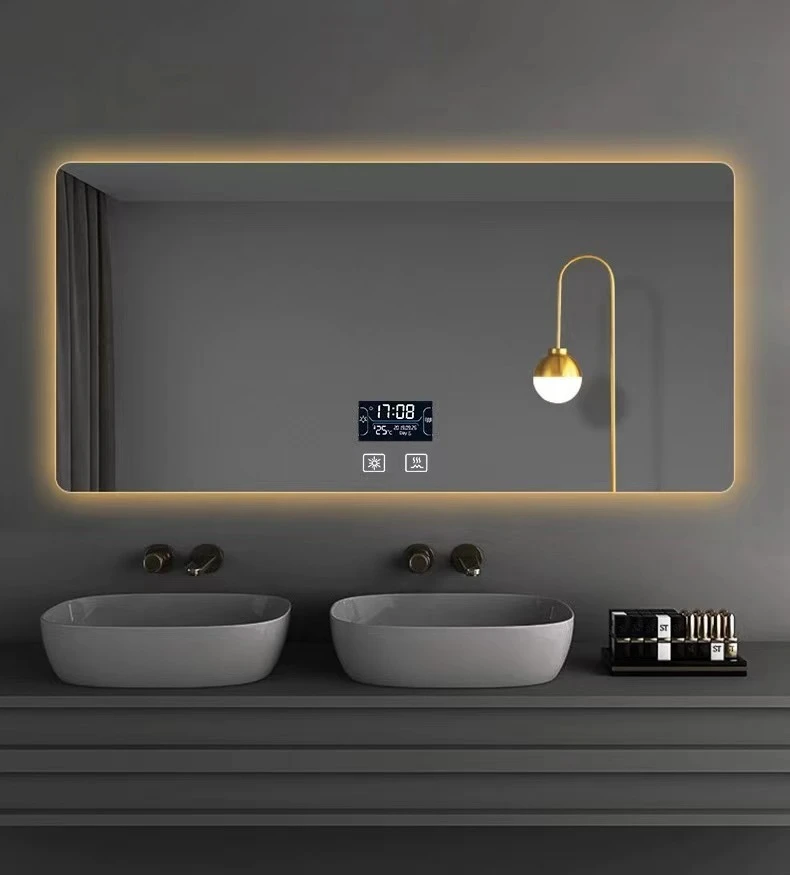

Understanding Low-E Glass Panes The Key to Energy Efficiency in Modern Architecture
In the ever-evolving world of architecture and building materials, energy efficiency has emerged as a paramount concern. Among the innovative solutions available, low-emissivity (Low-E) glass panes have garnered significant attention for their ability to improve thermal performance and sustainability in buildings. This article delves into what Low-E glass is, its benefits, and its applications in modern architecture.
What is Low-E Glass?
Low-E glass is a type of energy-efficient glazing that has a microscopic layer of metal oxide applied to its surface. This coating can be applied to one or multiple sides of the glass panes, significantly altering how the glass interacts with solar radiation. The primary purpose of this coating is to reflect heat while allowing natural light to pass through, thus creating a more comfortable indoor environment.
The Science Behind Low-E Glass
The functionality of Low-E glass revolves around its unique physical properties. The metal oxide layer effectively reflects long-wave infrared radiation, which is the type of heat energy emitted from warm objects. In warmer months, this feature helps keep indoor spaces cooler by reflecting internal heat back into the room, reducing the reliance on air conditioning. Conversely, during colder months, Low-E glass allows sunlight to enter while retaining indoor heat, thereby enhancing heating efficiency.
Advantages of Low-E Glass
1. Energy Efficiency The most significant advantage of Low-E glass is its ability to improve energy efficiency within buildings. By minimizing heat loss during winter and reducing heat gain in summer, Low-E glass can significantly lower heating and cooling costs.

2. UV Protection Low-E glass also blocks up to 99% of harmful UV rays, protecting furniture, flooring, and artwork from fading. This aspect contributes to long-term savings on replacements and maintenance while preserving the aesthetic appeal of interiors.
3. Comfort By regulating temperature and reducing glare, Low-E glass enhances indoor comfort. Homeowners and building occupants can enjoy greater comfort without the need for excessive artificial lighting or heating.
4. Environmental Impact The reduced energy consumption associated with Low-E glass translates to a lower carbon footprint. This makes it a more environmentally friendly option, aligning with global efforts to promote sustainability and combat climate change.
Applications in Modern Architecture
Low-E glass can be found in a wide array of applications, from residential homes to commercial buildings. Its versatility allows architects and builders to incorporate energy-efficient solutions without compromising the aesthetic quality. In high-rise buildings, Low-E glazing can contribute to impressive energy savings while providing stunning views and ample natural light.
In residential settings, Low-E glass is often used in windows and doors to create an inviting atmosphere while maximizing energy performance. As energy codes become stricter, Low-E glass has become a standard requirement in new construction and retrofitting projects.
Conclusion
Low-E glass panes represent a significant advancement in the quest for energy-efficient building materials. With their ability to provide thermal insulation, UV protection, and enhanced comfort, they are an invaluable resource for architects, builders, and homeowners alike. As we continue to prioritize sustainable practices and energy conservation, the role of Low-E glass will undoubtedly become increasingly important in shaping the future of architectural design. By embracing these innovative solutions, we can create buildings that are not only beautiful but also environmentally responsible and economically viable.